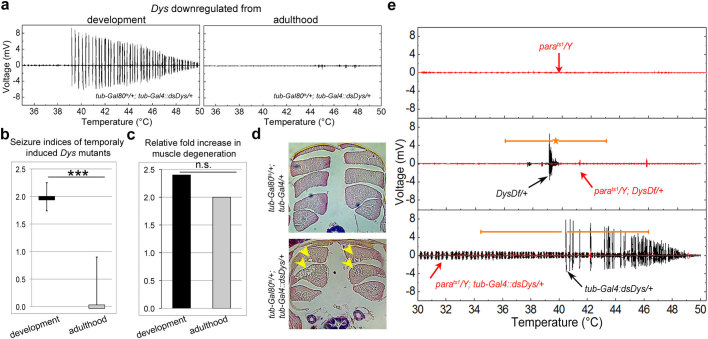Figure 2. Dystrophic seizures are dependent upon neuronal input that require Dys during development.
(a) Electrical output of animals shifted to the restrictive temperature as late L3 larvae (left) and as adults (right). Dys protein reduction levels using the Gal80 temperature sensitive system are given in Supplementary Table 3 and Supplementary Figure 2. (b) Seizure indices for RNAi mutants after being shifted to the restrictive temperature at different life stages. A Mann-Whitney U-test was used to compare seizure indices upon Dys downregulation in adulthood to Dys downregulation in development (P = 0.007). Dys downregulation in adulthood resulted in a Si that is not significantly different from control (tub-Gal4/+, P = 0.47, Table 1). In addition, animals of the genotype tub-Gal80ts/+;tub-Gal4/+ shifted as adults did not have seizures (n = 2). (c) Bar graphs showing relative fold increase in the frequency of muscle degeneration of Dys RNAi mutants targeting Dys throughout the lifetime or shifted to the restrictive temperature as adult. The percent of muscle degeneration has been normalized to that in control animals under the same conditions (Supplementary Table 4). Statistics for muscle degeneration were done using a one-tailed chi-square test (χ2 = 2.62, P = 0.11). (d) Histological sections of thoracic muscles. Arrows indicate areas of degeneration. (e) The parats1 allele abolishes seizures in DysDf/+ and tub-Gal4::dsDys/+ animals (red plot). *P ≤ 0.05, **P ≤ 0.01, ***P ≤ 0.001.

